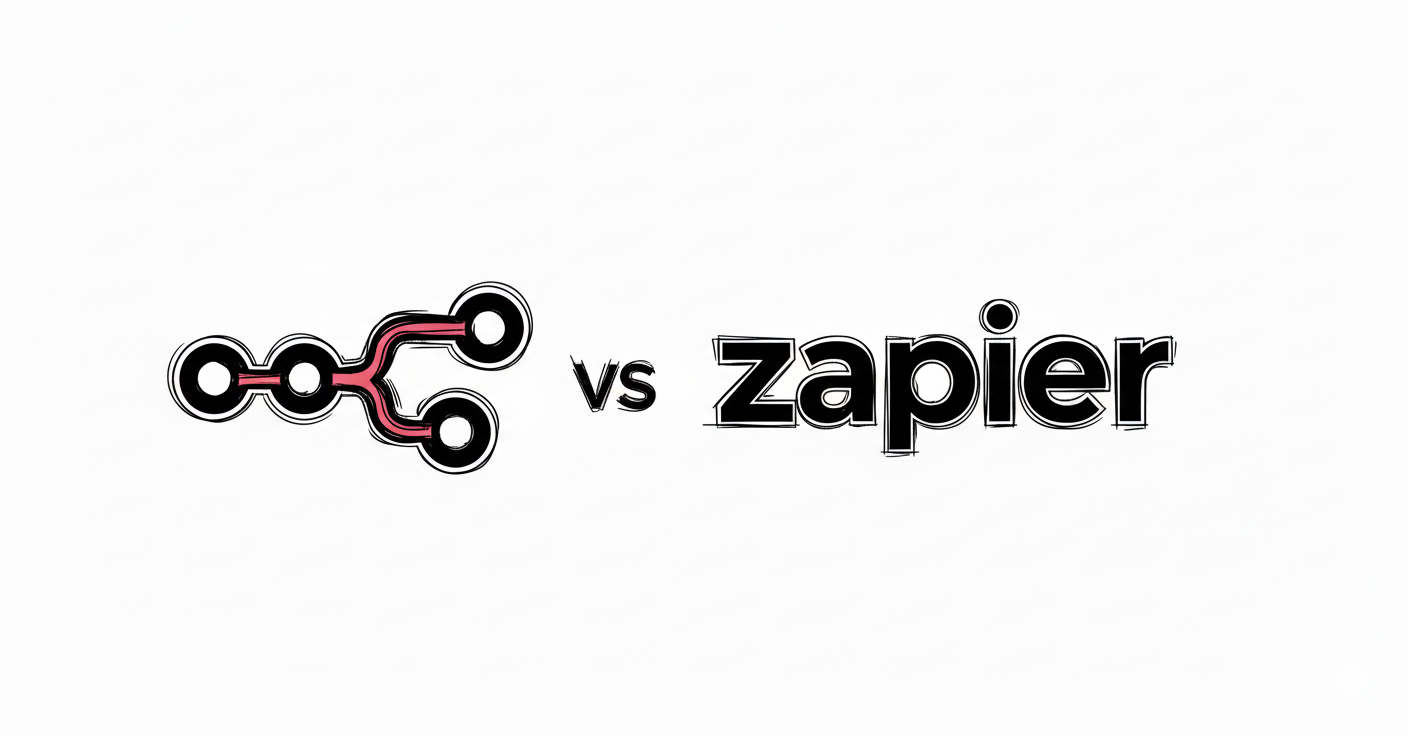01  Emma
Emma
How To Extract Quick Value From Clay 2025
 Emma
Emma Published July 2025 · 8 min read

Explore the top CRM platforms of 2025. Compare features, pricing, and innovations to find the best CRM for your business.
 Jordan
Jordan 
A curated list of the best CRM platforms for startups to accelerate growth.
 Jordan
Jordan 
Discover the top AI tools to boost your sales team's productivity and close more deals in 2025.
 Daniel
Daniel 
Discover 8 AI CRM platforms transforming startups in 2025. Compare AI-powered CRM features, pricing, and benefits for growing businesses.
 Jordan
Jordan 
n8n vs Zapier comparison for startups. Choose the right automation platform to streamline your CRM workflows and boost productivity.
 Emma
Emma 
Master Clay AI for startup growth. Extract quick value from this powerful GTM tool with proven strategies for CRM automation and lead generation.
 Emma
Emma